Suyoun Lee
LLM-Driven Learning Analytics Dashboard for Teachers in EFL Writing Education
Oct 19, 2024Abstract:This paper presents the development of a dashboard designed specifically for teachers in English as a Foreign Language (EFL) writing education. Leveraging LLMs, the dashboard facilitates the analysis of student interactions with an essay writing system, which integrates ChatGPT for real-time feedback. The dashboard aids teachers in monitoring student behavior, identifying noneducational interaction with ChatGPT, and aligning instructional strategies with learning objectives. By combining insights from NLP and Human-Computer Interaction (HCI), this study demonstrates how a human-centered approach can enhance the effectiveness of teacher dashboards, particularly in ChatGPT-integrated learning.
Gradient Scaling on Deep Spiking Neural Networks with Spike-Dependent Local Information
Aug 01, 2023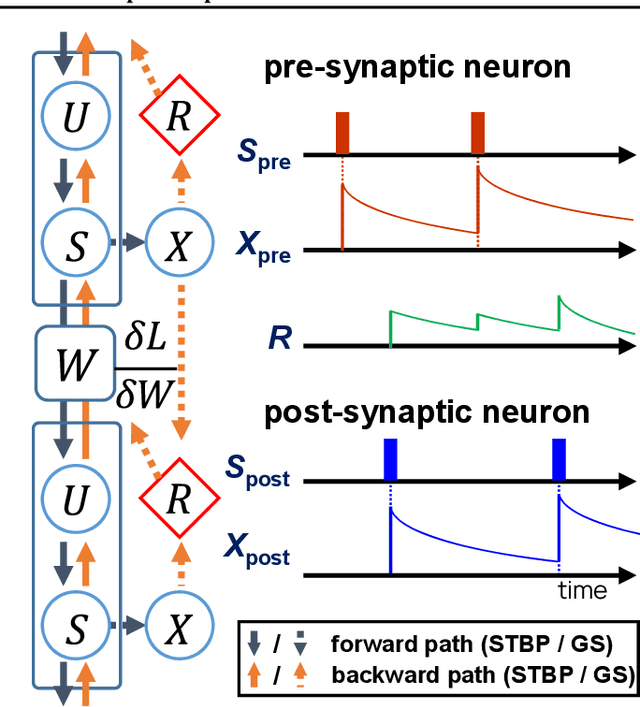
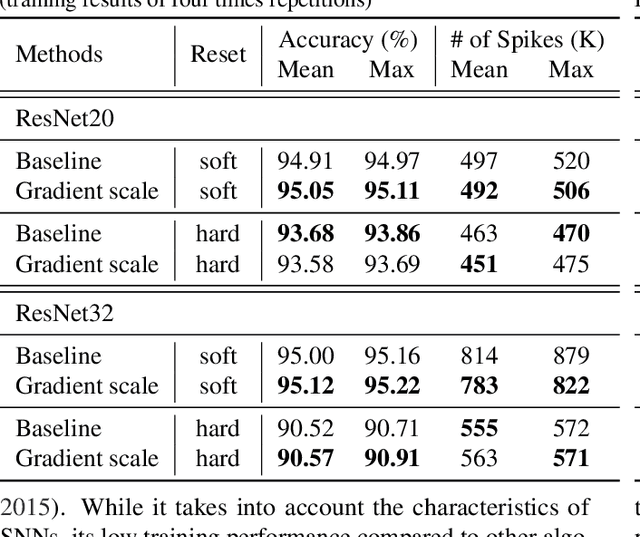
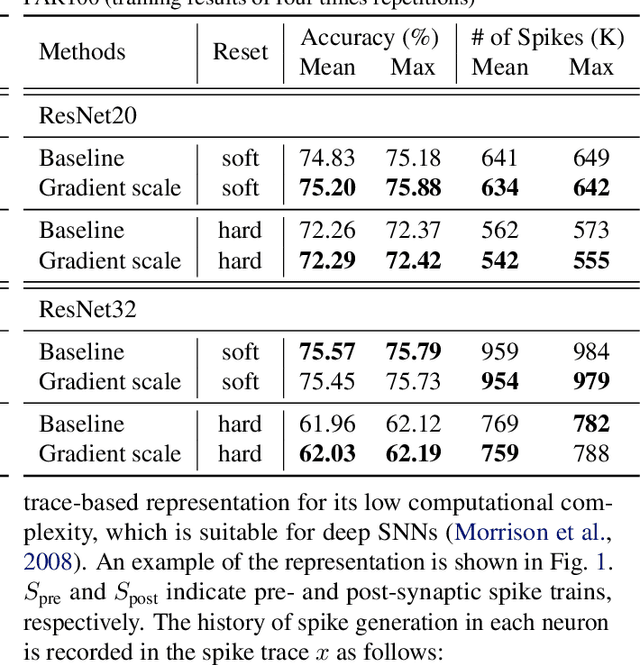

Abstract:Deep spiking neural networks (SNNs) are promising neural networks for their model capacity from deep neural network architecture and energy efficiency from SNNs' operations. To train deep SNNs, recently, spatio-temporal backpropagation (STBP) with surrogate gradient was proposed. Although deep SNNs have been successfully trained with STBP, they cannot fully utilize spike information. In this work, we proposed gradient scaling with local spike information, which is the relation between pre- and post-synaptic spikes. Considering the causality between spikes, we could enhance the training performance of deep SNNs. According to our experiments, we could achieve higher accuracy with lower spikes by adopting the gradient scaling on image classification tasks, such as CIFAR10 and CIFAR100.
Highly-scalable stochastic neuron based on Ovonic Threshold Switch (OTS) and its applications in Restricted Boltzmann Machine (RBM)
Oct 21, 2020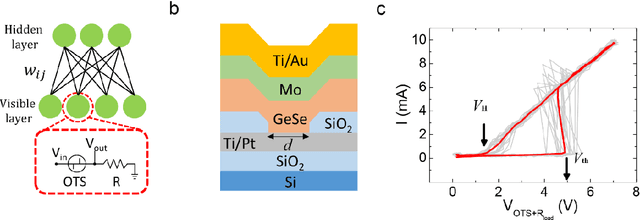
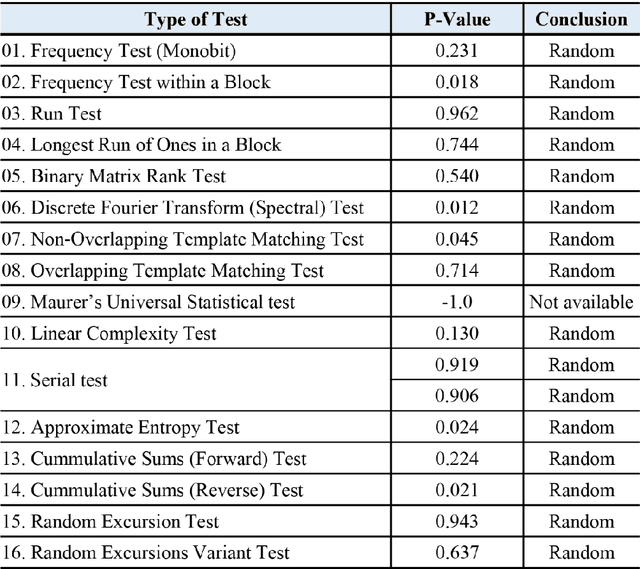
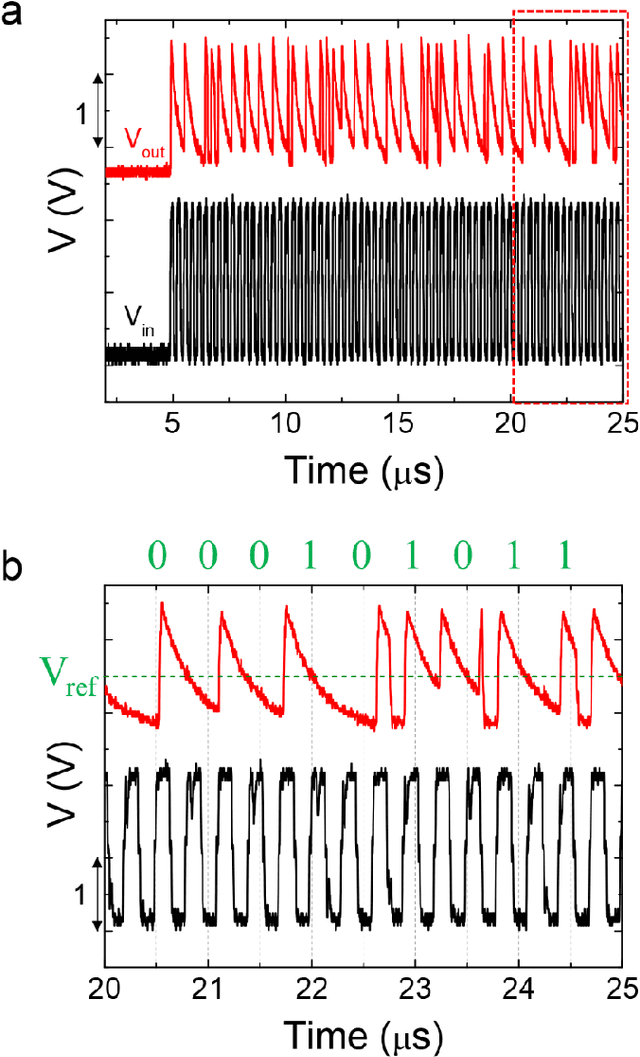

Abstract:Interest in Restricted Boltzmann Machine (RBM) is growing as a generative stochastic artificial neural network to implement a novel energy-efficient machine-learning (ML) technique. For a hardware implementation of the RBM, an essential building block is a reliable stochastic binary neuron device that generates random spikes following the Boltzmann distribution. Here, we propose a highly-scalable stochastic neuron device based on Ovonic Threshold Switch (OTS) which utilizes the random emission and capture process of traps as the source of stochasticity. The switching probability is well described by the Boltzmann distribution, which can be controlled by operating parameters. As a candidate for a true random number generator (TRNG), it passes 15 among the 16 tests of the National Institute of Standards and Technology (NIST) Statistical Test Suite (Special Publication 800-22). In addition, the recognition task of handwritten digits (MNIST) is demonstrated using a simulated RBM network consisting of the proposed device with a maximum recognition accuracy of 86.07 %. Furthermore, reconstruction of images is successfully demonstrated using images contaminated with noises, resulting in images with the noise removed. These results show the promising properties of OTS-based stochastic neuron devices for applications in RBM systems.
 Add to Chrome
Add to Chrome Add to Firefox
Add to Firefox Add to Edge
Add to Edge